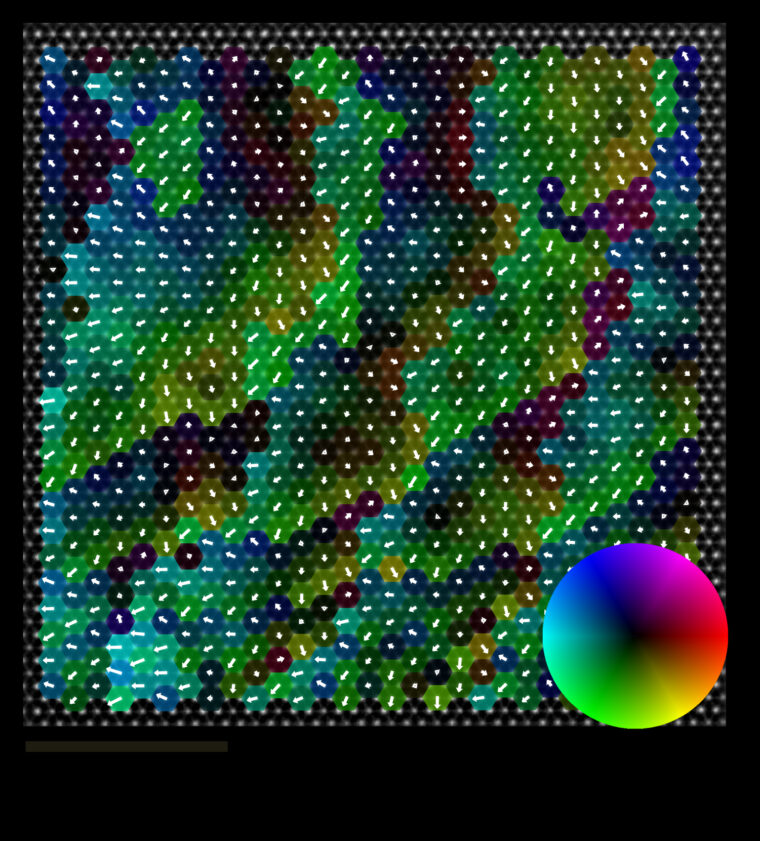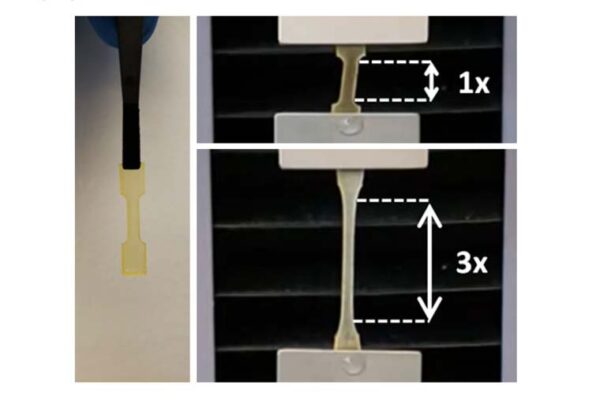Watch out, Marie Kondo. While we usually think of disorder as a bad thing, a team of materials science researchers led by Rohan Mishra, from Washington University in St. Louis, and Jayakanth Ravichandran, from the University of Southern California, have revealed that — when it comes to certain crystals — a little structural disorder might have big impacts on useful optical properties.
In a study published online in March in Advanced Materials, first authors Boyang Zhao, a USC graduate student in materials science working with Ravichandran, and Guodong Ren, a graduate student working with Mishra in WashU’s Institute of Materials Science and Engineering, described a new pathway to obtain novel optical and electronic properties from structural disorder. They found that tiny displacements of just a few picometers — that’s 100,000 times smaller than the thickness of a sheet of paper — in the atomic structure of a crystal could have minimal impacts on optical properties in one direction but produce giant functional enhancements when viewed from another angle.
In this case, the refractive index of the material, or how much light bends or deviates from its original path when is passes through, changed dramatically with atomic disorder.
Such functional enhancements could have practical applications in imaging, remote sensing and even medicine. By controlling the degree of atomic disorder to achieve desired optical properties, the researchers anticipate developing crystals that enable advanced infrared imaging in low-light conditions, improving the performance, for example, of autonomous vehicles driving at night or of medical imaging devices.
Read more on the McKelvey School of Engineering website.




Comments and respectful dialogue are encouraged, but content will be moderated. Please, no personal attacks, obscenity or profanity, selling of commercial products, or endorsements of political candidates or positions. We reserve the right to remove any inappropriate comments. We also cannot address individual medical concerns or provide medical advice in this forum.